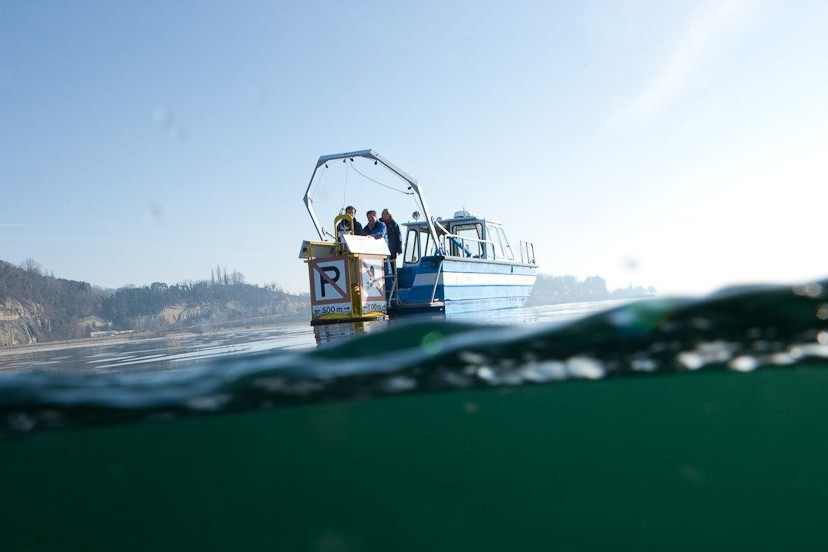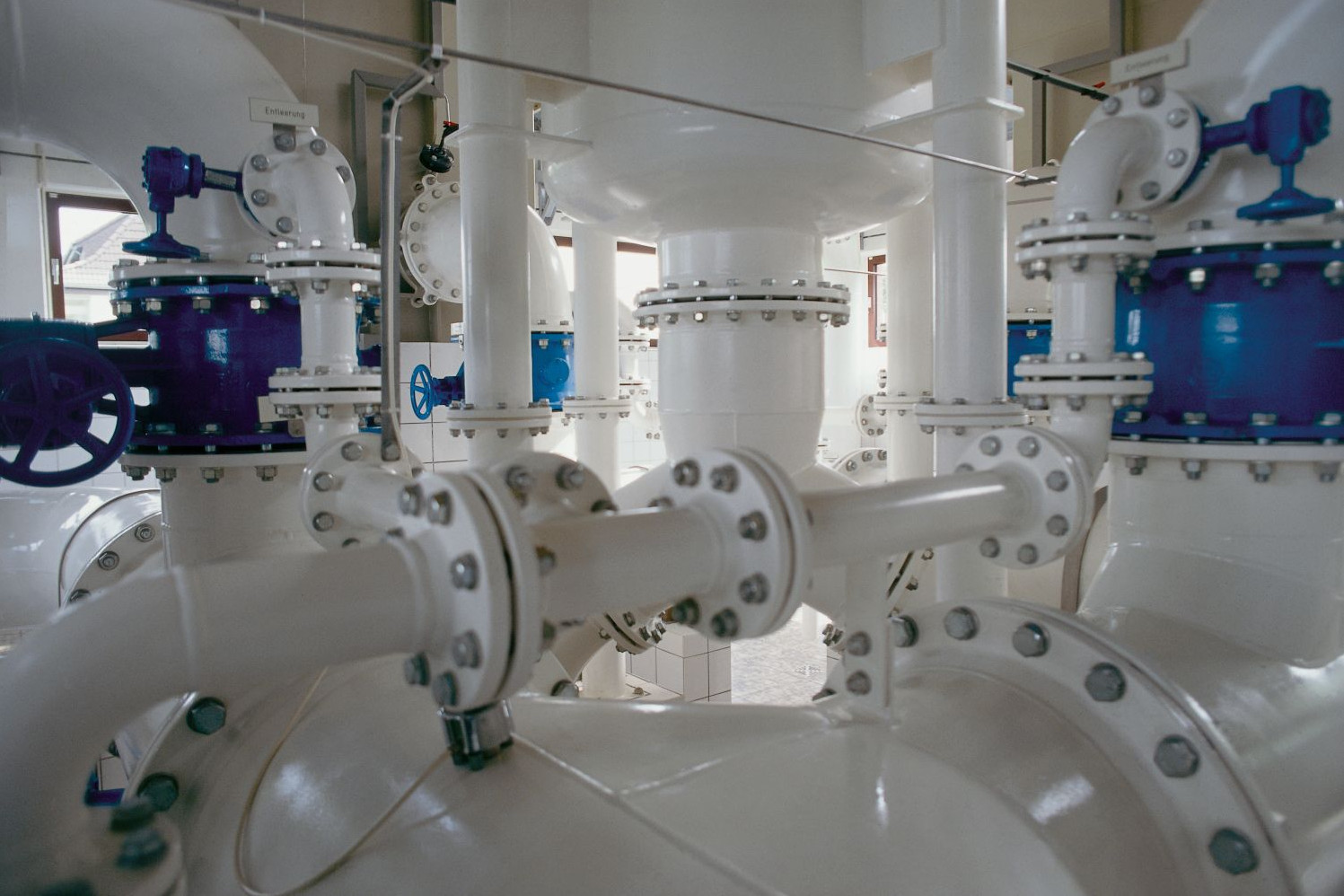The German drinking water sector occupies a leading position worldwide. Drinking water is one of the best controlled foodstuffs in Germany. With the aim of maintaining this high level, the approximately 6,000 water utilities will face greater challenges than ever before in the coming years.
New times require more protection
The climatic and demographic change combined with changed consumer habits and technical trends such as digitalisation, but also the increasing pollution of water resources by man-made pollutants place new demands on the utilities. In future, it will no longer be sufficient for water utilities to balance the tension between services for the public and economic efficiency solely by optimisation of their operational management. Rather, entrepreneurial decisions are required, which are increasingly taken in the political context. This makes it all the more important to promote expert political dialogue and, together with representatives from politics and business, to develop perspectives to secure the future of the sector.
- Climate change: Extreme periods of heat and drought as well as heavy rainfall and flooding bring the water supply to its limits and require adaptations to installations and infrastructures.
- Trace substances: The ageing population and the high quality of medical care in Germany are literally reflected in pharmaceutical inputs in the water cycle.
- Nitrate: Pollution of water bodies by nitrate is mainly caused by fertiliser-intensive agriculture.
- Decline in water use & aging infrastructure: Declining water use volumes are crucial from an economic and infrastructural point of view. They increase the pressure to invest heavily in renewing networks and facilities and adapting them to new requirements.
- Competing demands for use: In land use, the protection of drinking water resources often does not take precedence over economic interests. Contamination occurs and increases the cost of water treatment.
In view of the economic and social importance of the public good “water”, the challenges facing the sector are a task for societyas a whole and can only be solved by consensus. This requires creating an awareness of the significance of drinking water in politics, business and society.



